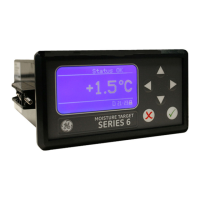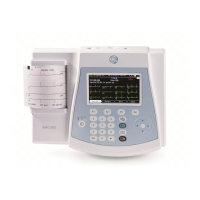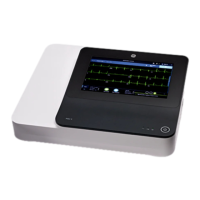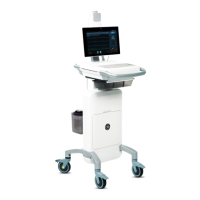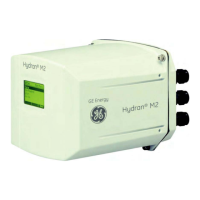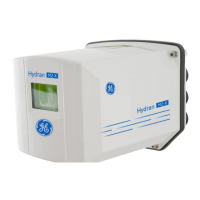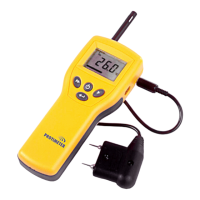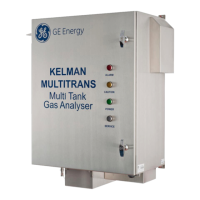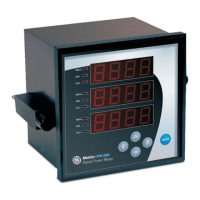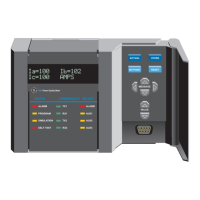GE Analytical Instruments ©2006 9-1 DLM 14291 Rev. A
Figure 9- 1: Setup for Breath-by-Breath
Sampling (spontaneously breathing subject).
9. BREATH-BY-BREATH AND CHAMBER SAMPLING FOR EXHALED
NITRIC OXIDE
Breath-by-breath measurement of exhaled nitric oxide is only used in those
situations where the subject cannot perform the on-line or off-line maneuvers
(e.g., children) and for ventilated subjects. For spontaneously breathing subjects,
this technique provides no control of expiratory flow rate and for primates,
contamination from nasal nitric oxide may occur.
The chamber sampling technique is a simple and rapid method for measuring
exhaled NO from small animals (e.g., rats and mice) using a head-out, double
chamber plethysmograph. The head chamber is flushed with NO-free air, then
sealed for a few seconds to allow exhaled breath to accumulate, the contents of
the chamber are then flushed into the NOA for measurement.
Breath-by-Breath Measurements
Spontaneously Breathing
Subjects
A face mask and non-
rebreathing valve equipped
with female Luer sampling ports
is used for the measurements.
The NOA’s NO sampling and
pressure lines are connected to
the ports or a Luer tee is used
to connect the lines if the mask
has a single Luer port. Ambient
air or a source of low NO air can
be used for the inspiratory gas
and the sampling port must be
positioned to allow alternate

